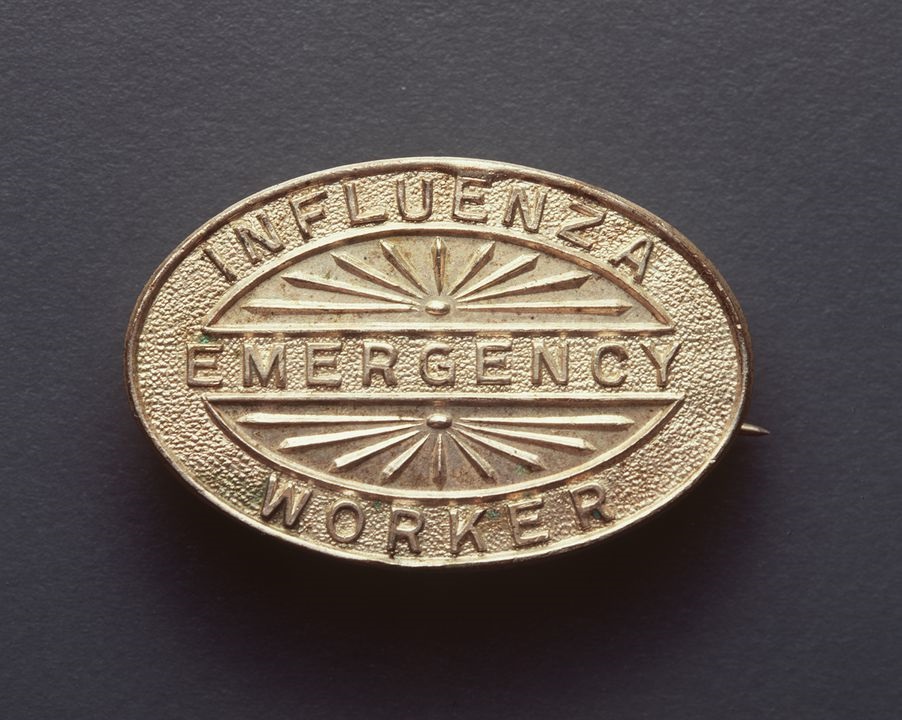
This year marks the centenary of the devastating influenza pandemic, which swept across countries and continents killing between 50 and 100 million people worldwide. Arriving in Australia in late 1918, this deadly disease was actually an influenza pneumonia hybrid – a terrifying combination. With effective antibiotics still decades away death rates were high.
The first case reached Newcastle in February 1919 and spread to the Hunter Valley shortly after. Kurri Kurri was severely hit and with no isolation ward in the local hospital an emergency influenza hospital was set up in the (now demolished) Drill Hall in Lang Street.
Coal mines lay idle as large swathes of the work force were too ill to work. One of the unusual aspects of this influenza was that it attacked young adults with as much ferocity as the sick or elderly.
The government’s fear that coal production on the South Maitland fields was completely threatened saw the extraordinary introduction of physical barriers around Cessnock to isolate the town and so protect its miners from influenza.
Isolation was introduced in April, during one of the peaks of the disease, with cordons on Allandale Road, at Bellbird and on Neath Hill to prevent people entering and leaving. Later it was extended as far as Wollombi. The isolation area was greatly resented by local residents, with many businesses forced to close their doors and a great deal of hardship ensued.
Air borne diseases cannot be contained by barriers, so soon the dreaded influenza hit Cessnock. The classrooms at Aberdare Public School were transformed into an isolation hospital, with children sent home during the height of the epidemic.
Across the road Aberdare Park became a quarantine camp. Rows of tents were set up, military style, to accommodate out-of-town miners who were required to spend four days there while being monitored by Red Cross volunteers. If they displayed no flu symptoms they were cleared to work.
The wisdom of sleeping outside, in a tent, heading into a Cessnock winter and during an influenza epidemic seems medically questionable. Obviously those who didn’t succumb to the flu were hardy indeed!
By late 1919 the rate of new infection had almost stopped, but the Australian death toll over the year had climbed to 13,000-15,000. The mortality rate among Indigenous people was as high as 50 per cent in some areas, but by the end of 1919 the influenza pandemic, the greatest infectious disease of the 20th century, was finally over.